Imagine opening your favorite mobile game. What’s the first thing that catches your eye?
More often than not, it’s the vibrant array of characters, each with their own unique abilities and backstory. And that’s the crux of character collection in mobile games.
Most commonly, character collection is incorporated as a meta-layer, i.e., it exists beyond the individual levels or stages of a game and provides players with long-term engagement, progression, and strategic choices.
It’s one of the most popular collection systems in mobile games.
This mechanism invites players to gather, upgrade, and sometimes even evolve a variety of in-game characters. It’s like creating your very own digital stamp collection, but instead of static images, you’re collecting colorful, interactive personas.
But, to truly understand character collection, it’s essential to have an understanding of why so many mobile gamers not only enjoy collecting, but are willing to spend a lot of money on it.

Why Do People Collect Things?
Did you know that around 33% to 40% of Americans collect something?
Our desire to collect isn’t just about accumulating a bunch of items – whether they’re physical or virtual. It’s a complex psychological dance that taps into our deepest needs and desires.
Control + Completion
At its core, collecting is about control and desire for completion.
When players collect characters in a mobile game, they’re creating order out of chaos. Every new character they acquire is another piece of the puzzle falling into place, another step towards the satisfaction of a complete set. It’s an experience that feeds our inherent need for achievement, making us feel good every time we make progress.
But that’s not all.
Showing Off
Character collection also appeals to our social instincts. We’re social creatures and we love showing off our achievements to others. In the world of mobile gaming, the characters players collect are not just game elements – they’re symbols of skill, dedication, and success.
Showing off a rare or powerful character to other players can be a source of pride and social status, which adds a whole new layer of enjoyment to the game.

Expressing Identity
But perhaps one of the most fascinating aspects of character collection is how it allows players to express their identity and personality. Each character players choose to collect tells a story about who they are and what they value.
Whether they favor the powerful warriors, the cunning rogues, or the wise wizards, their choices reflect personal style and preferences. In many ways, a collection is a unique reflection of each player.
Moreover, investing in chosen characters often involves spending real money on virtual items. The value here is more than just the in-game benefits these items provide. It’s also about the emotional investment in a collection.
Spending money on a character can make players feel more connected to them, more invested in their story and development. It’s a way of showing commitment to the game and the collection.
In a sense, character collection in mobile games is more than just a game mechanic. It’s a journey of achievement, social interaction, and self-expression. It’s a testament to the power of games to tap into our deepest psychological needs and desires, creating experiences that are deeply engaging and rewarding.
It’s no wonder so many mobile games are utilizing it.
How Popular Is the Character Collection Meta-Layer?
According to research done by SensorTower, character collection was the most popular meta-layer in 2022. Around 70% of top mobile games incorporated it and it’s especially popular in mid-core games where approximately 88% of the leading titles rely on this feature.
In fact, the three top-grossing games of 2022 – Honor of Kings, PUBG Mobile, and Genshin Impact, all leverage the meta layer as a core component of their gameplay and have built monetization strategies around it.
Why is this method gaining popularity, you wonder?
For starters, it adds an additional layer of complexity and challenge to the game.
It’s not just about reaching the next level anymore, it’s also about unlocking that elusive character, or upgrading your favorite hero to their maximum potential. This sense of progression and growth can be a powerful motivator for players, keeping them engaged and coming back for more.
Let’s talk more about the impact of character collection on engagement and retention.

Effects of Character Collection on Engagement and Retention
Think about it, every new character is a new opportunity for players to engage with the game. It adds variety, encourages experimentation, and provides a sense of achievement.
By creating a diverse roster of characters, developers can appeal to a wide range of player preferences, thereby increasing the likelihood of continued engagement.
This mechanism also plays a critical role in player retention.
When players invest time and effort into collecting and upgrading characters, they establish an emotional connection to their collection. This emotional investment can be a powerful deterrent against churn, as players are less likely to abandon a game when they’ve invested so much into it.

Character Collection: Opening Up New Monetization Opportunities
We can’t discuss character collection without touching upon its monetization potential.
This approach opens up a wealth of opportunities for developers to generate revenue. From selling special edition characters to offering character upgrade packages, there’s a myriad of ways to monetize this feature.
Most commonly, players can collect certain characters just by playing the game or participating in events. On top of that, players can usually purchase characters from the game’s store, if they’re not so keen on waiting or grinding. Also, the game might offer exclusive characters for purchase, which can’t be obtained any other way.
Because these purchases often enhance the gameplay experience, players may be more inclined to part with their hard-earned cash.
But remember, the goal isn’t to squeeze every last penny out of players, but to offer them value. If players feel like they’re getting their money’s worth, they’ll be more likely to make additional purchases in the future.
So there you have it.
Character collection is not just a fun feature, but a strategic tool that can significantly enhance player engagement, retention, and monetization. It’s no wonder more and more games are integrating this mechanism into their design!
But how exactly do character collection systems work in popular games? Let’s find out.
Character Collection in Leading Mobile Games
Character collection comes in many forms. While this is primarily a mid-core feature, many casual games utilize it as well, particularly hybrid-casual games.
To illustrate the different ways in which you can use this mechanic, I’ve analyzed the character collection meta-layer in leading mobile games of various genres.

Character Collection in Genshin Impact
This action RPG took the mobile gaming world by storm with its rich narrative, expansive open world, and an impressive roster of characters. The character collection system in Genshin Impact is a core aspect that lends itself to much of the game’s success.
But why is this so? How does it function and why does it have such a hold on its players?
Come with me as we explore this phenomenon.
Gacha System
Character collection in Genshin Impact is intrinsically tied to its gacha system – a lottery-like mechanic where players obtain characters or weapons through a system known as Wishes.
This adds a level of unpredictability that intensifies the game’s appeal and the excitement around characters.
Every time you make a Wish, you’re rolling the dice, with the chance to unlock a highly sought-after character or a powerful weapon. This randomness keeps players engaged, always eager to see what they’ll get next.
The allure of collecting these characters extends beyond their in-game utility. They are beautifully designed, with intricate backstories and personalities that players can relate to. The developers have also created a rarity around certain characters, which increases their value and appeal.
Obtaining these characters requires Fates – the in-game currency used to perform Wishes. There are two types of Fates: Intertwined Fates and Acquaint Fates, each used for different types of Wish banners. Players can earn these Fates by leveling up, completing missions, or if they prefer, purchasing them with real money.
Yet, it isn’t merely about acquiring a large roster of characters.
The Importance of Characters in Genshin Impact
Each character comes with unique abilities, elemental powers, and even personal stories. These factors influence not only the gameplay but also the narrative experience.
In Genshin Impact, the value of a character extends beyond just their combat capabilities. Sure, having a character with high DPS or healing abilities is fantastic, but Genshin Impact does a remarkable job of making each character feel important and unique from a story perspective. These narrative threads serve as an incentive for players to acquire and understand each character, creating a deeper, more immersive gaming experience.
On the other hand, some characters mesh well together in combat, thanks to the elemental reactions system. The combination of the right characters can lead to powerful elemental reactions, drastically influencing battle outcomes. Therefore, collecting a varied roster of characters allows for strategic flexibility, encouraging players to experiment with different team compositions.
Leveling Up Characters in Genshin Impact
To power up these characters, players collect resources throughout the vast world of Teyvat. These resources can be used to increase a character’s level, talents, or weapons, thus increasing their overall strength.
The satisfaction of powering up your favorite character, seeing them evolve and grow stronger, adds another layer of complexity and enjoyment to the game.
The key takeaway?
It’s not just about the collection; it’s about creating meaningful, engaging experiences around each character that keep players invested and coming back for more.
Learn more about this game in my Genshin Impact analysis.

Character Collection in Subway Surfers
Remember that first burst of exhilaration when you swiped left, swiped right, jumped, and ducked while running relentlessly on the Subway Surfers tracks? No less thrilling is the character collection aspect of the game that creates a vibrant player experience.
Now, as a game developer, you might be wondering how this seemingly simple system works and how it so effectively captivates players.
The premise of Subway Surfers is elegantly straightforward – navigate your character around obstacles to collect coins and power-ups while evading the grumpy inspector. In this adrenaline-fueled sprint, what’s really intriguing is the ability to switch your runners and build your collection of zany characters.
Unlike other games where characters are unlocked using random draws, Subway Surfers leans towards a more direct approach.
Obtaining Characters in Subway Surfers
Characters are often unlocked by amassing a specific number of collectibles strewn across the tracks, aptly named character tokens. Players stumble upon these tokens as they surf their way through the game, each character requiring a unique token.
But that’s not all.
There’s another route that’s a bit more straightforward – good old coin currency. Most of the core characters can be purchased using the coins players snag while running the tracks. The fun part? Some characters can only be bought this way, adding an element of strategy in managing your coin resources.
Limited-Time Characters
To make it more interesting, Subway Surfers throws in limited-time characters tied to its World Tour feature. Every few weeks, the game takes players to a new city with a new character and hoverboard. These exclusive characters can only be unlocked with coins during their respective city tour, which adds an urgency that encourages continuous play.
One fascinating thing I’ve noticed is how characters in Subway Surfers aren’t just static models; they have personalities.
Each character brings their own unique style and flair, resonating with different player demographics and preferences. This not only adds depth to the character collection mechanic but also allows for personalization, creating a deeper connection between the player and the game.
Character Upgrades
The magic, however, doesn’t end there.
Subway Surfers enhances its collection feature with character upgrades.
Each character has various outfits that can be purchased, adding yet another level of engagement. These aren’t just cosmetic upgrades; some outfits come with power-ups that give players a bit of an edge during surfs.

Character Collection in RAID: Shadow Legends
Raid: Shadow Legends is another successful game with intricate character collection mechanics. An experience here isn’t just about the battle strategy but also about how players build and diversify their line-up of champions.
A Plethora of Characters
Raid: Shadow Legends has an impressive roster of over 300 champions, each with their own unique abilities and affinities. Characters, known as Champions in this game, are divided into four main affinities – Magic, Spirit, Void, and Force – each carrying its strengths and weaknesses against the others in a rock-paper-scissors format.
This lends a layer of strategy to player collection efforts; they need to think about how their champions align and possibly counter the affinities of opponents.
The Shard System
The primary method of obtaining these champions is through the Shard system, where players open shards in the Portal to summon champions. This mechanic incorporates an element of unpredictability every time a shard is opened, as one could summon anything from a common to a legendary champion.
These shards are categorized into four types: Mystery, Ancient, Void, and Sacred shards, with each tier corresponding to the rarity of the champions it could produce.
Mystery shards, for example, are relatively common but generally yield only common or uncommon champions. In contrast, the much rarer Sacred shards have a significantly higher chance of summoning a powerful, epic, or even legendary champion.
Let’s take Brakus the Shifter, a legendary champion, as an example. Brakus is a Force-affinity Attack type champion, known for his powerful offensive abilities. Obtaining a character like Brakus from a Sacred shard can dramatically impact a player’s progress in the game, providing them with a significant edge in battles.
Factions
What I find intriguing about Raid: Shadow Legends is the Faction system, where champions belong to specific factions like High Elves or Orcs.
This adds a compelling layer of complexity to character collection, with certain game modes and challenges requiring a specific faction’s champions. It presents an additional dimension of strategy to the players and influences their champion collection approach based on these faction alliances.
Upgrading
Upgrading champions in Raid: Shadow Legends is a game in itself.
Players need to invest resources to upgrade a champion’s rank, level, skills, and artifacts, with each upgrade dramatically impacting a champion’s performance in battles. This progression system creates a sense of accomplishment and engagement, as well as makes every upgrade and level gained feel significant.
It’s important to emphasize that the character collection in Raid: Shadow Legends is not merely about quantity but about the complexity and interplay of systems. The game offers a high level of strategic depth and surprise elements that add to the joy of character collection.

Character Collection in Summoners War
Summoners War creates a realm of mysticism and strategy that isn’t just about the immediate battle but also the curated collection of magical creatures.
A Summoner in this world isn’t merely gathering a team; they’re constructing an army. Monsters are the backbone of this mystical ensemble, each brimming with distinct abilities and elemental affinities.
In this game, character collection seamlessly intertwines with strategic gameplay. The mechanics of summoning, upgrading, and the strategic diversity offered by different monsters culminate in a comprehensive and satisfying system that distinguishes this game.
Elements
The basic elements – Water, Fire, and Wind, supplemented by the less common Light and Dark, form the nucleus of an intriguing rock-paper-scissors-style game mechanic.
Now picture this: a player has a Mystical Scroll in their possession, one of the primary means of acquiring monsters. The act of opening this Mystical Scroll is like a surprise – there’s suspense and anticipation as the scroll unveils a new monster. Just like that, a Fire Inugami is now a part of the player’s collection, a single gem in a repository that could grow to over a thousand.
However, the journey doesn’t stop at acquisition.
Powering Up
What adds to the complexity and appeal of Summoners War is the evolution of these creatures once they join the ranks. The process of powering up and evolving the monsters through the feeding mechanism is an integral part of the gameplay experience.
That Fire Inugami that just joined the party? It can devour other monsters, growing stronger and becoming a formidable ally on the battlefield.
The depth of strategy evolves alongside the player’s collection.
For instance, a Wind Warbear might be invaluable in one dungeon, but in a different context, a seemingly ordinary Water Fairy could turn out to be the linchpin of a successful strategy. The myriad monsters and their strategic potentials mean every choice could be a decisive factor in the game.
This is one of the main motivators for players to collect various characters – it has a direct influence on gameplay.
Fusion
Fusion, a unique feature in Summoners War, enhances the character collection aspect. Players can fuse certain monsters to create stronger ones, such as the coveted Veromos Dark Ifrit.
Acquiring these monsters is not just about amplifying power; it’s also a symbol of accomplishment, a nod to the player’s evolution within the game.
Furthermore, the gameplay rewards persistence with unique monsters that can be earned by clearing specific stages or defeating certain bosses. It’s another method to keep players engaged and strategically alert.

Brawl Stars
Let’s shift gears and dive into the wild, rambunctious universe of Brawl Stars, published by Supercell. Character collection in this game is about crafting a diverse arsenal of Brawlers, each bringing their distinctive abilities, roles, and personalities to the table.
So, what’s a Brawler?
In Brawl Stars, these are the characters players collect and control in the game. From Colt, the shooter with impeccable accuracy, to El Primo, the luchador who revels in close combat – each one is an important piece of the strategic puzzle.
Stepping Away from Gacha
Brawlers used to be tucked away inside Brawl Boxes, ready to leap into action. Just like in many games on this list, character collection was based on luck, whether through loot boxes or a gacha system. But in December 2022, Supercell announced its decision to remove all gacha mechanics from the game.
Now, players can unlock new characters by completing challenges, reaching trophy levels, or purchasing them from the game’s store.
Upgrading Characters
But Brawl Stars isn’t just about collecting characters, it’s also about evolving them.
Brawlers can be upgraded using Power Points and Coins, improving their stats and making them even more impressive. Once players reach level 7, things start getting even more exciting. That’s when players can unlock Gadgets and Star Powers, special abilities that can significantly alter a Brawler’s playstyle.
Take, for example, Shelly, the first Brawler. As players upgrade Shelly and unlock her Star Powers and Gadgets, she transforms from a simple shotgun-wielding character into a dynamic brawler capable of slowing down enemies or healing herself in the heat of battle.
Levels of Rarity
Then there’s the rarity aspect.
Some Brawlers are as common as grains of sand on a beach, others as rare as a four-leaf clover. There are rare, epic, and even legendary Brawlers like Leon, that instantly makes the player’s roster a force to be reckoned with.
And let’s not forget the Chromatic Brawlers, the game’s rarities that decrease with each season. It’s as if each season, the game tells you, “Hey, didn’t get that new Brawler? No problem, try again next season!”

Character Collection in Marvel Strike Force
Marvel Strike Force by Scopely is all about assembling a superhero squad. Yet, there’s more to it than just clicking a few buttons – it’s a strategy, a mission, a journey that’s both thrilling and engaging.
As a game developer, understanding this system of character collection can be incredibly valuable when designing similar mechanics in your own games.
Familiar Characters
At its core, Marvel Strike Force is an RPG-based mobile game where the player collects, upgrades, and fights with characters from the expansive Marvel Universe.
What’s impressive is the array of characters players can collect – from fan favorites like Spiderman and Captain America to more obscure heroes like Night Nurse. This diversity adds a sense of depth and intrigue, which stimulates the player’s curiosity and desire to collect more characters.
And, of course, familiarity plays a big role in the game’s success – players know and love these characters. This is why IP-based games tend to perform really well.
Acquiring Characters
But how does one acquire these characters?
Each character has a unique unlock requirement, usually involving the acquisition of a certain number of character shards. These shards can be earned in a variety of ways, including gameplay missions, events, or even purchased in stores using in-game currency.
This is what drives players to keep playing and working towards their goals, which results in better engagement and retention.
Powering Up Characters
And then there’s the power-up system – gathering character shards isn’t enough, players also need to invest resources to upgrade heroes, increase their stats, and unlock new abilities. One could have an army of characters, but if they aren’t powered up, they won’t get players far in battle.
It’s a good example of how additional progression systems, like upgrading characters, fuel that desire to keep playing and thus boost the game’s engagement and retention metrics.
Also, some characters have unique abilities or synergies with other heroes that make them more coveted. This forces the player to strategize and plan their collection efforts – go for their favorite hero or opt for the one that strengthens the team’s synergy?

Disney Magic Kingdoms
Let’s go down Main Street U.S.A. and take a deep dive into the enchanting world of Disney Magic Kingdoms. This is a game where nostalgia meets strategy.
In Disney Magic Kingdoms, players work to build and manage the park of their dreams while simultaneously collecting an array of characters from across the Disney universe.
Character collection is fundamental to progress in the game, with new characters not only adding charm and diversity to the park but also helping to advance the storyline and unlock new areas.
Unlocking Familiar Characters
Players obtain characters through a combination of methods – completing quests, reaching certain milestones, or participating in time-limited events.
For instance, players can unlock Mickey Mouse, the game’s first character, by completing a series of introductory tasks. On the other hand, they might snag Anna from Frozen during a time-limited event centered around the Frozen franchise.
What I find particularly enchanting about this game is how it leverages the charm and familiarity of Disney characters. The appeal isn’t just in collecting the characters but also in experiencing their stories, making the character collection system intrinsically tied to the player’s emotional connection to the characters and their narratives.
This game is another great example of a successful IP-based game that features character collection.
Incorporating Characters into Gameplay
It’s important to note that characters in Disney Magic Kingdoms aren’t just static figures but key contributors to the park’s vibrancy and progress. Each character can perform tasks that vary in duration, from a quick one-minute task to tasks that can take a full day.
These tasks can yield rewards like Magic (the in-game currency) or items needed to welcome or level up other characters.
For instance, once players welcome Woody from Toy Story into their park, they can assign him tasks like “Taking a Break” or “Go on Duty,” which generate Magic and XP.
But here’s where it gets more interesting: Woody can also find items required to welcome his pals Buzz Lightyear and Jessie, which makes the characters interdependent.
Learn more about how this game is designed in my extensive Disney Magic Kingdoms dissection.
Leveling Up Characters
Leveling up characters in Disney Magic Kingdoms is another key aspect of the character collection system. By collecting a set number of specific items, players can level up their characters, unlock new abilities, tasks, and even additional quests.
Take Cinderella, for instance. As players level her up, she unlocks new tasks such as “Search for a Prince” and “Attend a Ball,” which can generate the items necessary to welcome or level up other characters from the Cinderella storyline.

Idle Heroes
In Idle Heroes, players embark on a unique quest – assembling teams of heroes who march into battle, all while the players themselves might be away from their screens.
What we see in Idle Heroes is the perfect dichotomy between activity and rest – an idling adventure where character collection requires time and patience.
Each hero has an array of abilities unique to their persona. The heroes, a motley crew from five distinctive factions – Shadow, Fortress, Abyss, Forest, and Dark/Light, bring their strengths and weaknesses.
Summoning Heroes
The question you may have now is, “How does a player go about gathering these heroes?“
The answer rests in the ritual of summoning.
Be it through Heroic Summon Scrolls, Basic Summon Scrolls, or Friendship Hearts, the summoning process involves a sprinkle of luck.
Take, for instance, the coveted Heroic Summon Scroll. Although it always conjures a hero of 3-star quality or above, the player only has a slim 1.58% chance of summoning a 5-star hero.
Upgrading Heroes
The thrill of the summon is just the beginning of the player’s journey.
Once a hero joins the ranks, their story evolves. Heroes can be upgraded, enhanced, and even transformed, leading to better stats, abilities, and overall performance in battles. Imagine a player transforming a 5-star Starlight, a Forest faction hero, into a powerful 10-star version, exponentially increasing her healing abilities.
I also want to point out the importance of guilds.
Being part of a guild opens doors to Guild Wars and Raids, which grant players additional opportunities to expand their roster of heroes and amass more resources.
A testament to the strength in numbers, indeed!
Final Thoughts on Character Collection in Mobile Games
In conclusion, the character collection meta layer has truly become a transformative element in mobile games.
It fosters enhanced engagement, enriches gameplay, and opens up new opportunities for monetization. As game developers and publishers, it is crucial to understand and harness this trend to meet the evolving demands of our players.
Ignoring this trend could mean missing out on a valuable aspect of player satisfaction and long-term engagement.
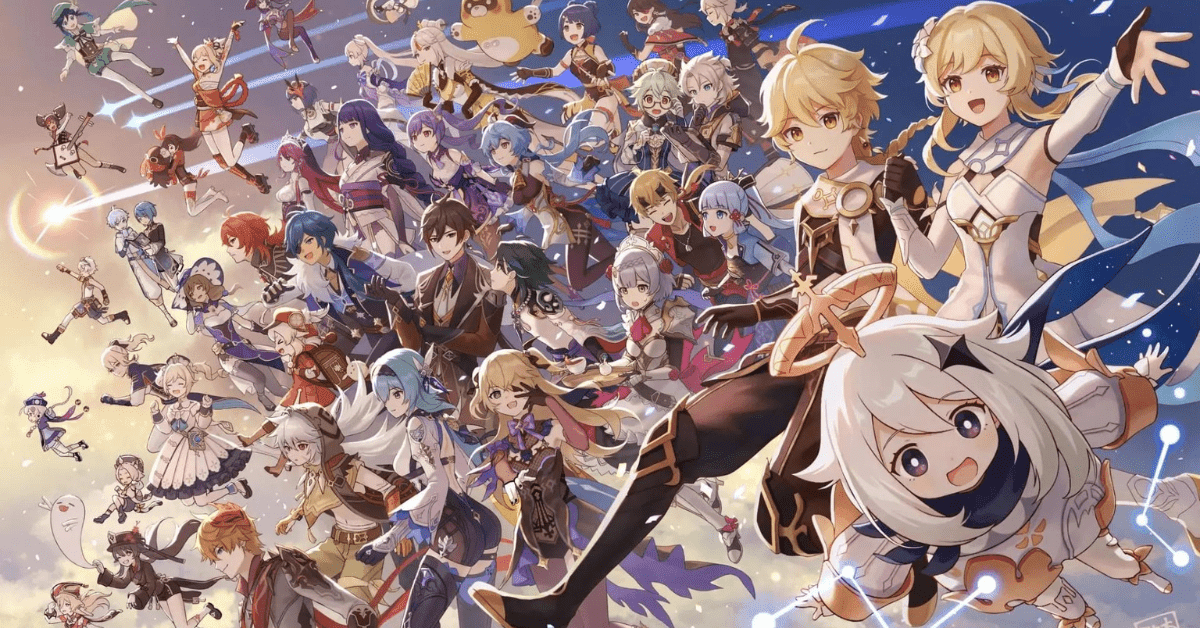


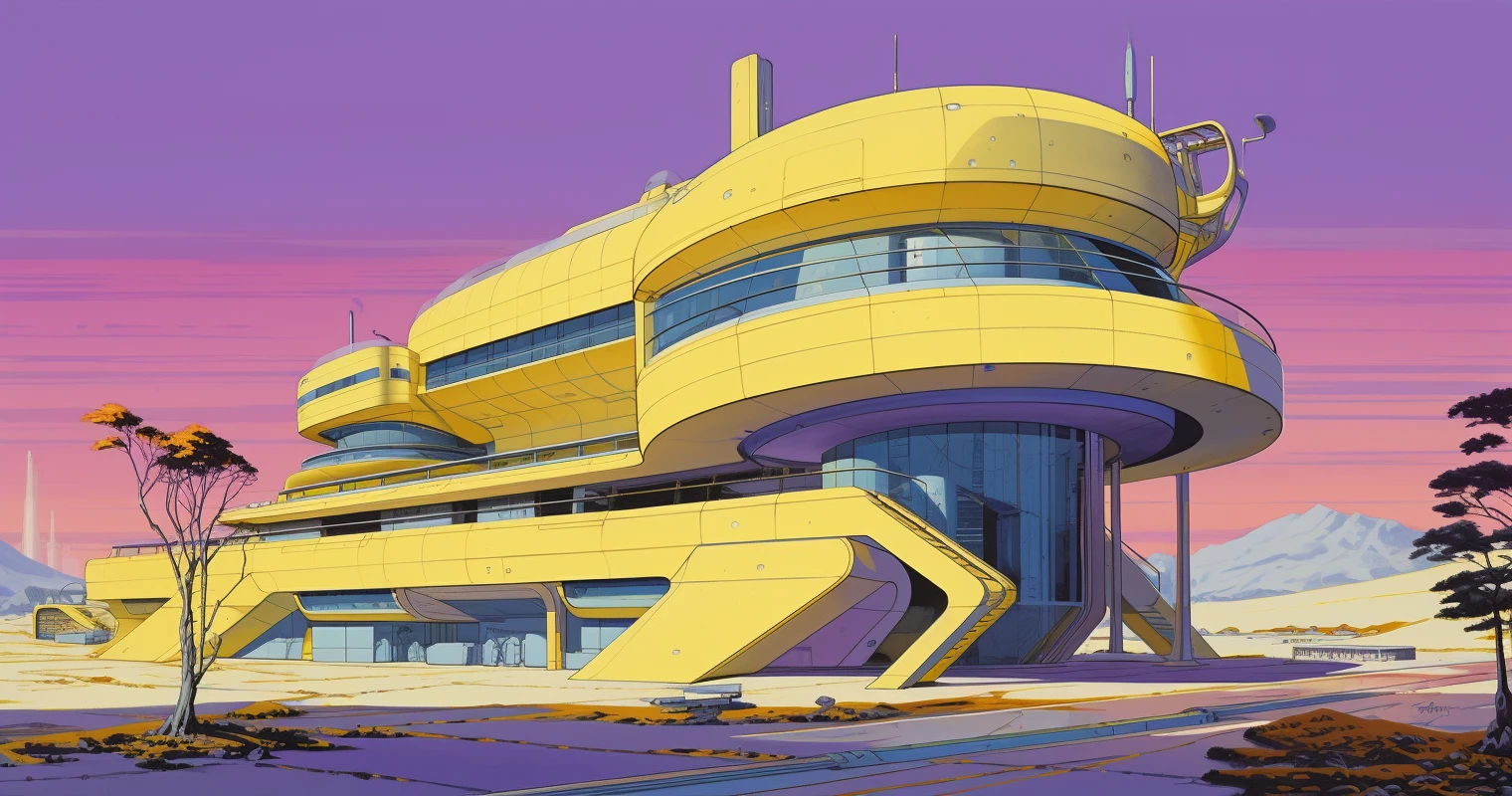
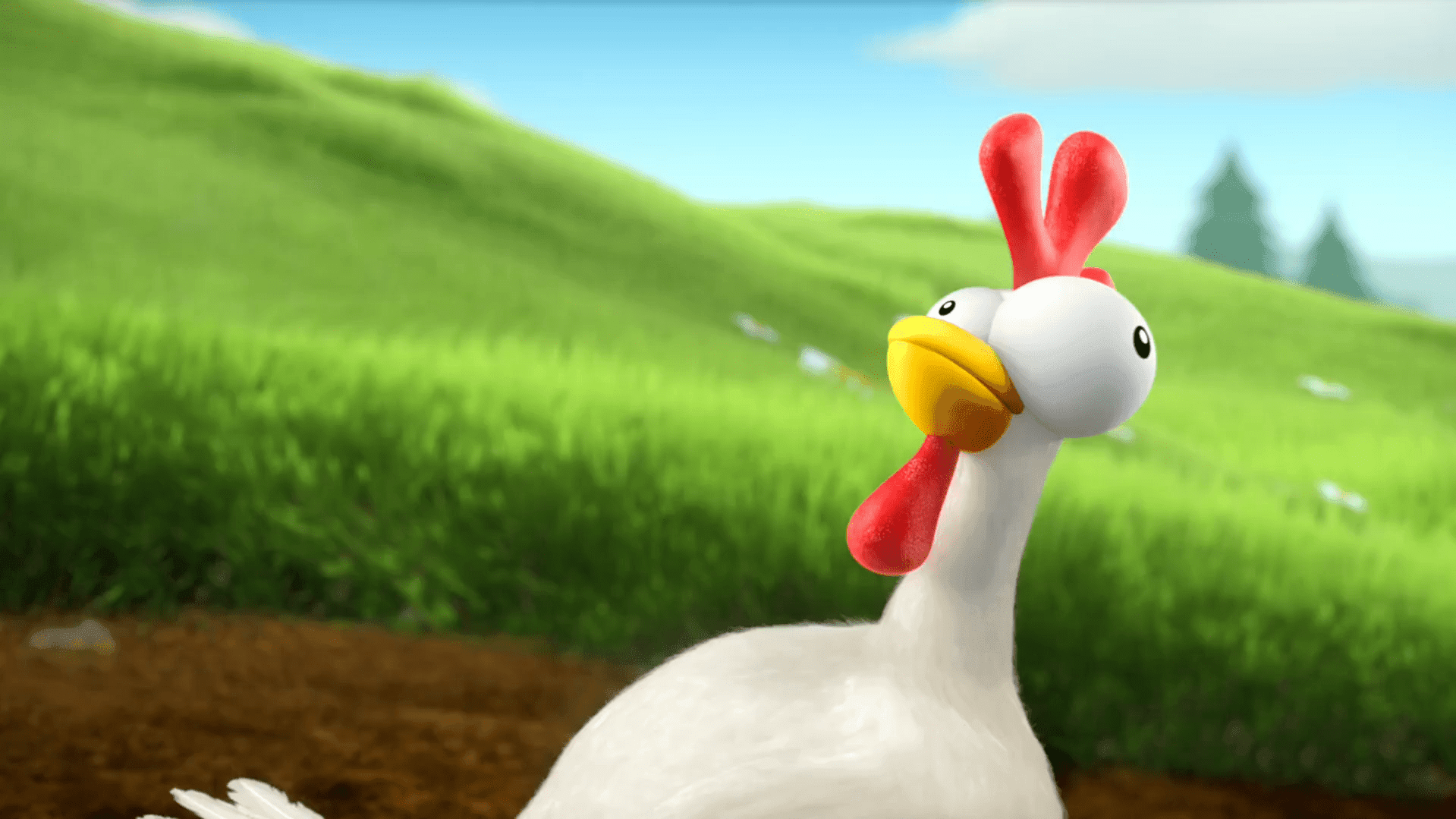
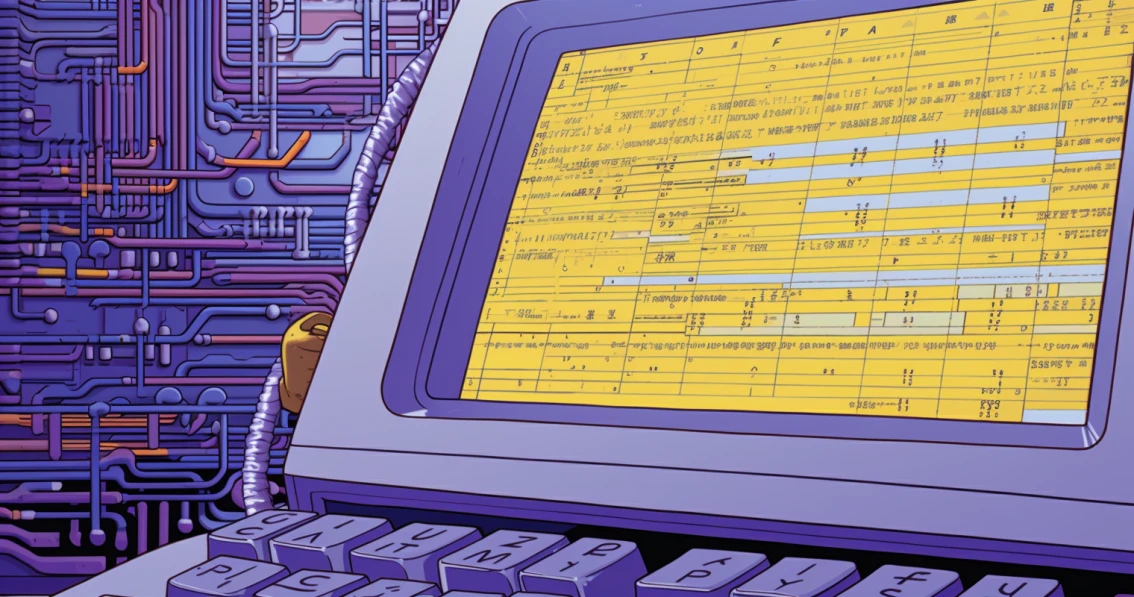
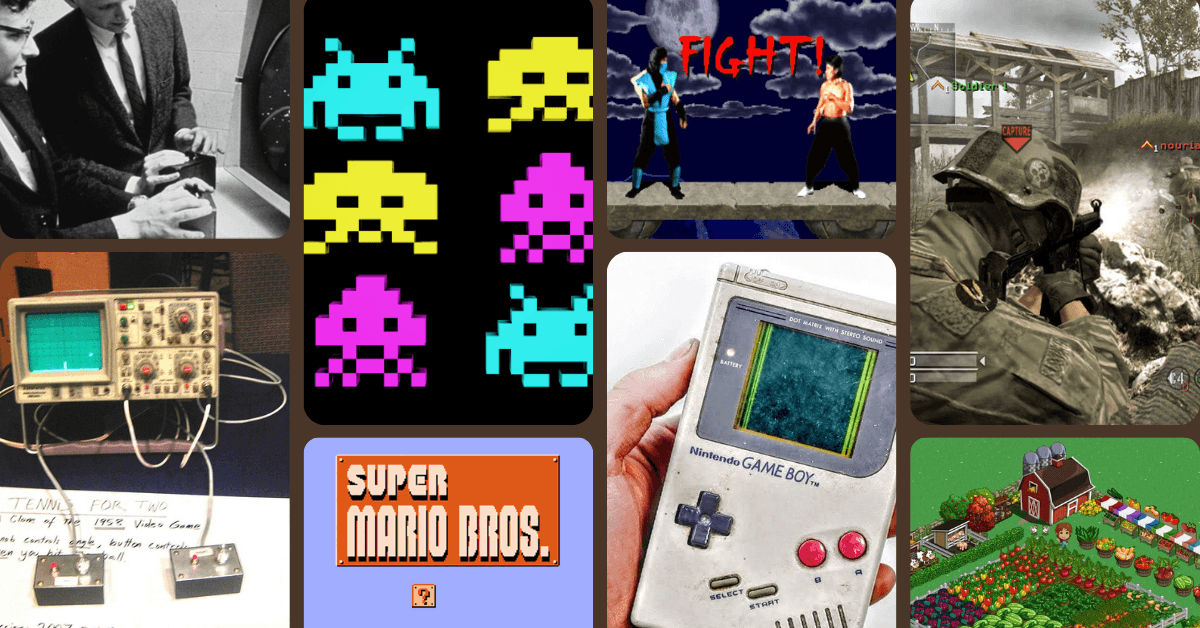
Comments